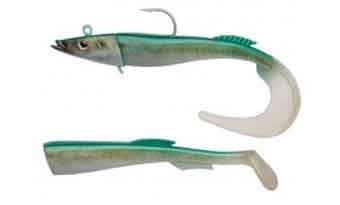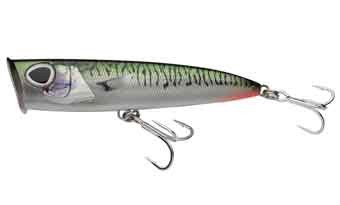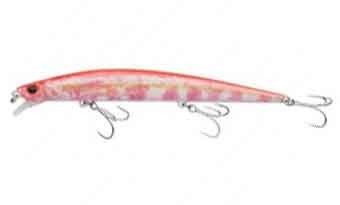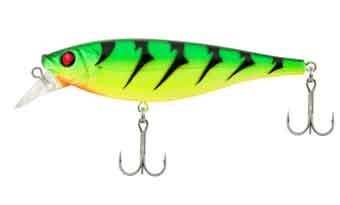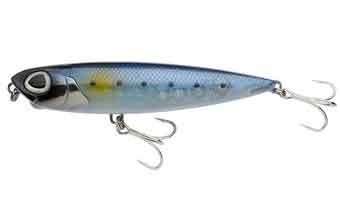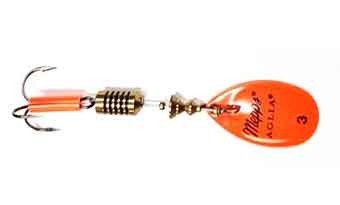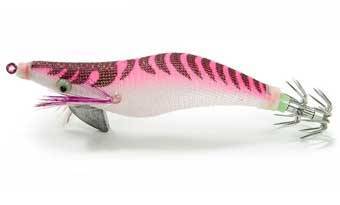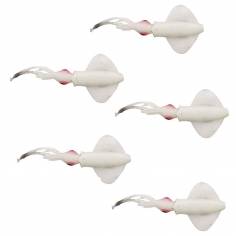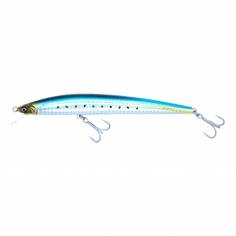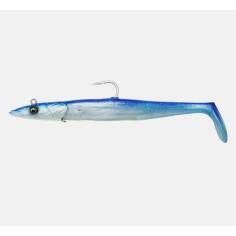Baits Lures Fishing
There are historical data that tell us how Greeks and Romans practiced fishing as simple entertainment.
Queen Cleopatra herself for example. Just as in Japanese culture and China, where since ancient times, fishing was already conceived as a recreational activity and this has been captured in many paintings.
Those were undoubtedly the remote origins of sport fishing as we know it today. In our country, however, as always, it would take us a long time to value it as such. Perhaps the spoons are the oldest lures of which we have evidence.
If the Macedonians of Thessaloniki are possibly the inventors of the artificial fly, the Romans are the inventors of the spoon. In those distant centuries they were mounted with clam shells provided with hooks to catch sea and freshwater predators. We owe the modern teaspoon to Julio T. Buel, already in the 18th century.
It is said that one morning while having breakfast on the shore of a lake, he dropped a spoon into the water and, marveling at its attractive swing as it descended, he made two holes in it; On one he rigged a hook and on another he tied the line. As we can imagine, the fish loved the invention.
This led to today's spoons and even lures such as spinner baits. And what about fish-shaped lures? They are more recent in appearance.
Although the first references were already given to us by the great Isaac Walton (author of the legendary The compleat angler, in the 17th century). If we talk about vinyl, it was in 1949, when the American Nick Creme invented the first vinyl worm. Thanks to Black-bass, the market ended up being a feast of shapes, colors and smells to this day.
As for the most modern hard lures, everything was developed in the United States, in states like Michigan and Ohaio, where illustrious people such as Ernest F. Pflueger, William Shakespeare and James Heddon invented and manufactured the first propeller lures, minnows and crankbaits in wood.
They imitated small fish, frogs and other aquatic beings that were prey for bass and pike.
Although the big push to the artificial lure was possibly given by the Finnish Lauri Rapala, inventor of the legendary Original Floating (the pike and trout catch that the little fish caught in Baltic waters is legendary), from the well-known brand from which many of the current signatures. The arrival of the popper was later, back in the 80s and of course, in Dallas, USA.
If we look more at our Iberian Peninsula, perhaps the lure with the most years and catches behind it is the goat (with the exception of the classic spoon), which is mainly used for bass fishing in Galician waters.
If we look back we will see that lures, and more specifically hard ones, have evolved and some bear little resemblance to their predecessors.
They drink from the original source but except for the fish form, they have changed a lot and technology has taken over them. If new shapes, essences and textures have been incorporated into vinyls, in rigid lures shapes and colors take a backseat when we talk about movements and weight transfer.
Obviously the shape and color of a lure are of vital importance but with the passage of time we see that the jump has not been so brutal (obviously plastic has replaced wood). But if we delve into the bowels of the artificial... things change there.
Many studies and tests are needed to find the precise movements in the different layers of water, where the shapes of both the bibs and the lure itself influence. And obviously the internal weights.
Those counterweights that, in addition, many of them, will be in charge of the famous mass transfer, so necessary to make the best casts. Little by little we have gone from the small pieces of lead inserted inside the lure to becoming familiar with spherical balls, steel and tungsten, interior tunnels, super powerful magnets and latest generation pistons...
Each brand tries to give its best every season and in my opinion, this is where lures have evolved the most in recent years. I find it fascinating how technology has been incorporated. This brings us to the latest in terms of weight transfer: the LBO II system, patented by Megabass.
I have already talked about this futuristic system in another blog article (you can take a look HERE). Little by little, this system is being incorporated into the different models of the Japanese brand (Kagelou, Vision Oneten, X80, Deep as if sunken The fans of this lure will be very grateful.

 English
English  Español
Español Deutsch
Deutsch